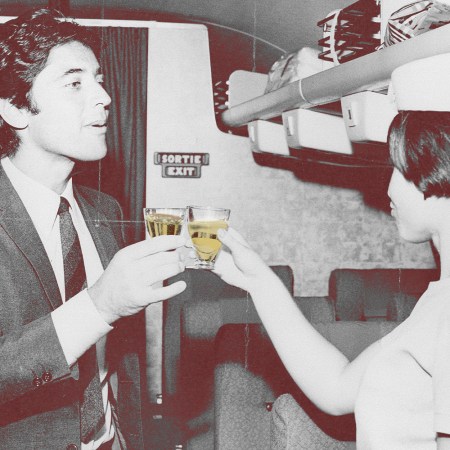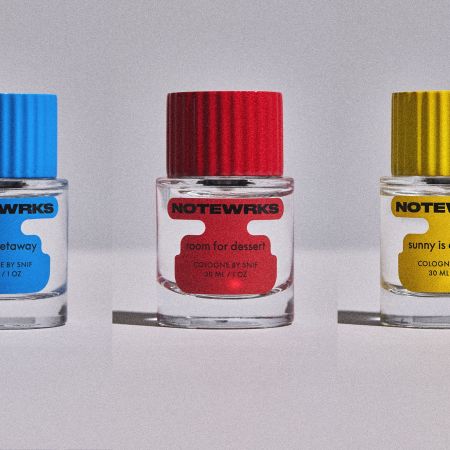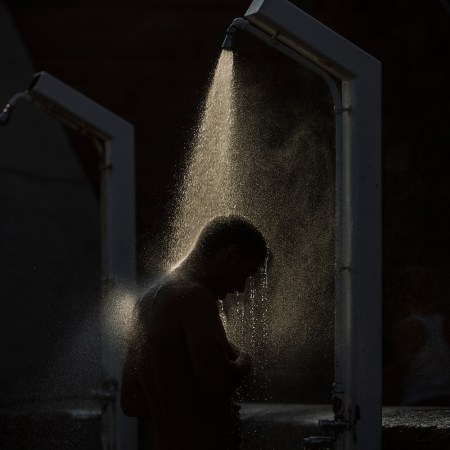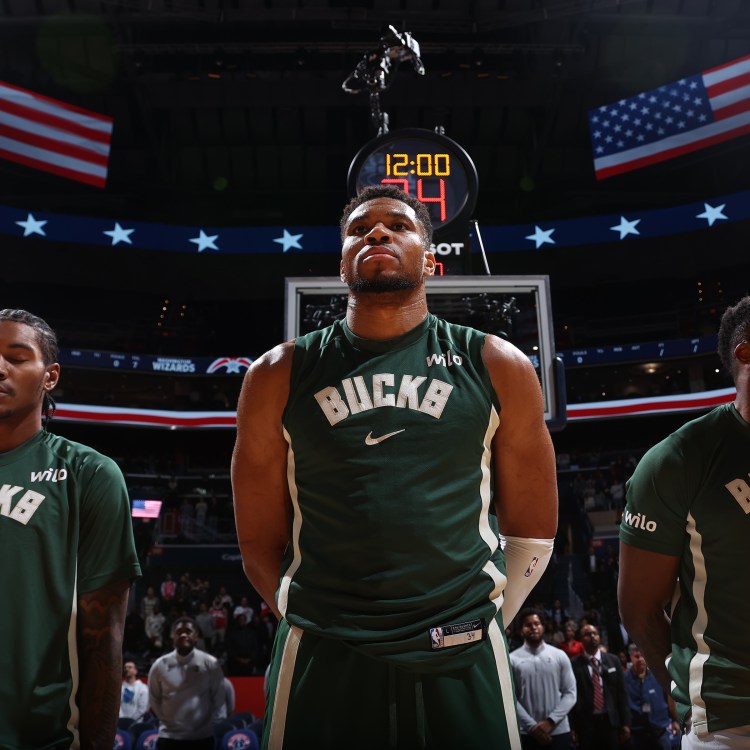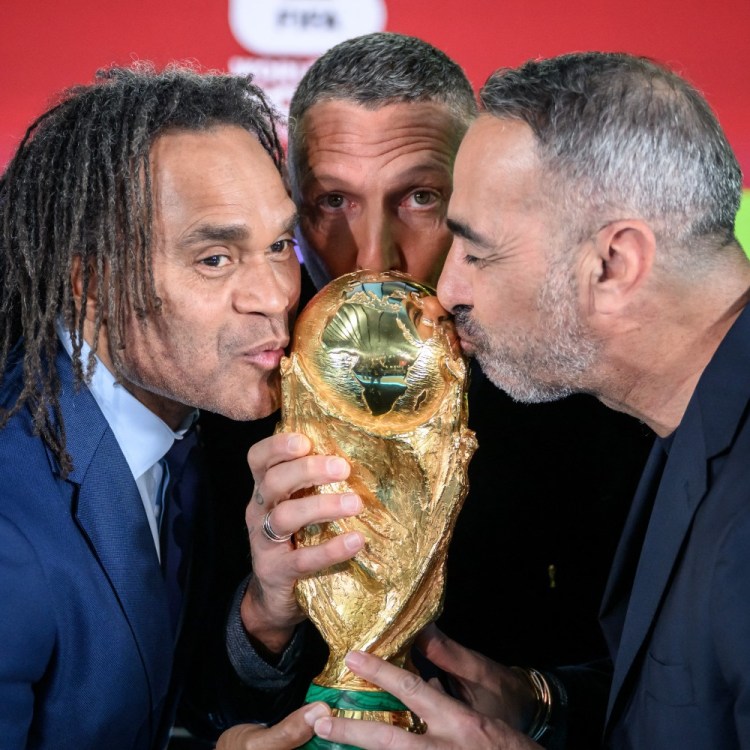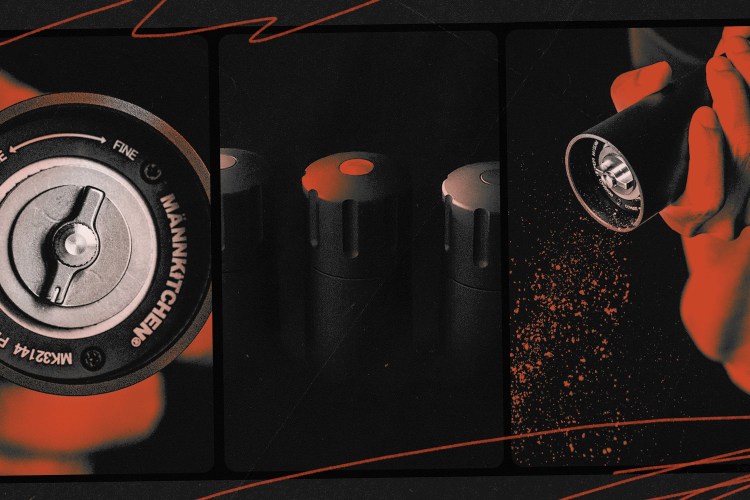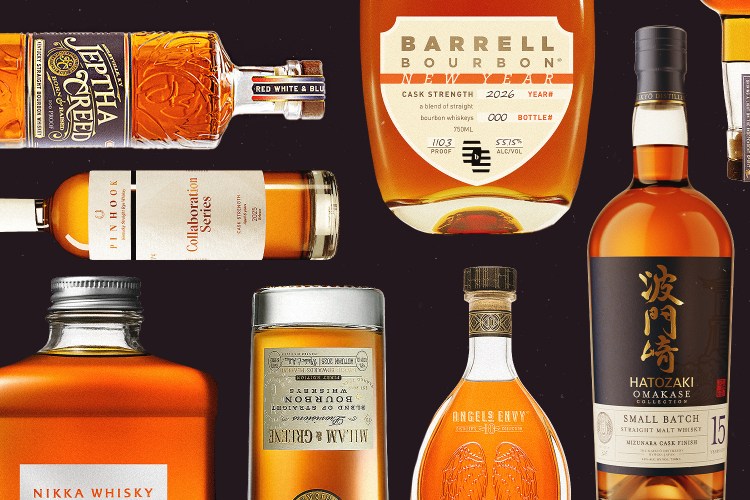When Paolo Guerrero tested positive for trace amounts of metabolite benzoylecgonine, which is found in cocaine, it seemed unlikely that the star player would get to go to the 2018 World Cup. FIFA has strict consequences for players found to be using illegal drugs. Guerrero received a year-long ban, meaning he would be benched during the premier international sporting event, which is only held once every four years. But Guerrero fought the decision, saying he had likely been served coca tea by mistake after requesting tea to soothe a cold. With sugar and various spices added to the tea, the coca taste would have been hard to detect.
The 34-year-old athlete had some support on his side, including outraged Peruvian soccer fans, biochemistry and 500-year-old Incan mummies.
In 1999, archaeologist Johan Reinhard and his team found three child mummies preserved in Andean Mountain ice. The mummies went through forensic analysis back in 2013, and it was found that one of the mummies, a 13-year-old known as the Llullaillaco Maiden, had consumed elevated amounts of coca leaves as well as alcohol in the last year of her life, perhaps to subdue her on the journey, or as part of a ritual. The 16th-century mummy, like Guerrero, showed traced amounts of metabolite benzoylecgonine during tests. This helped Guerrero’s case. His suspension was temporarily lifted, allowing him to play in the World Cup, while the governing body reconsiders his case.
The Charge will help you move better, think clearer and stay in the game longer. Subscribe to our wellness newsletter today.





